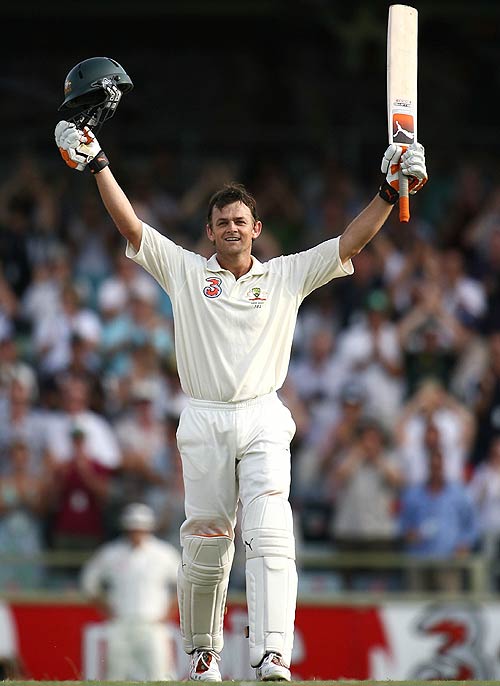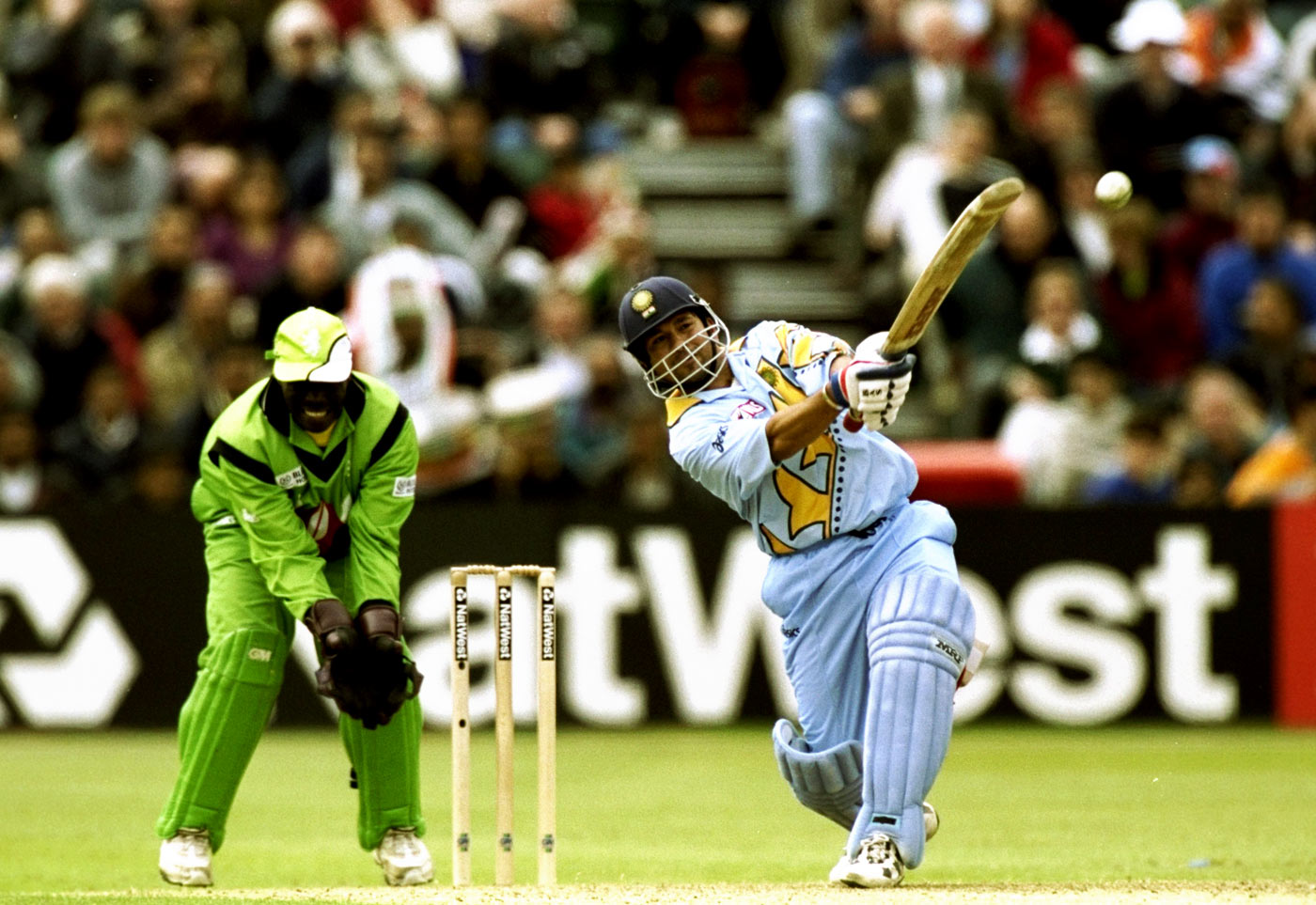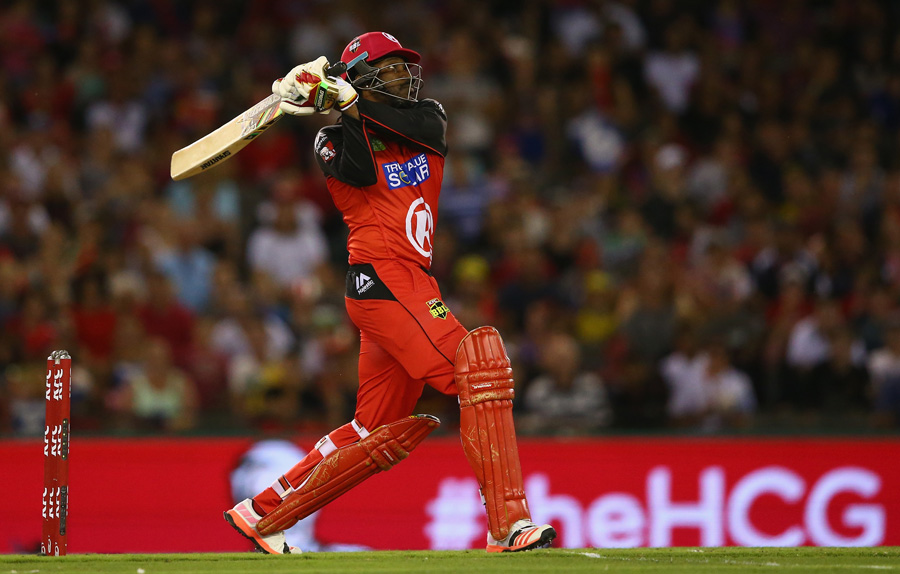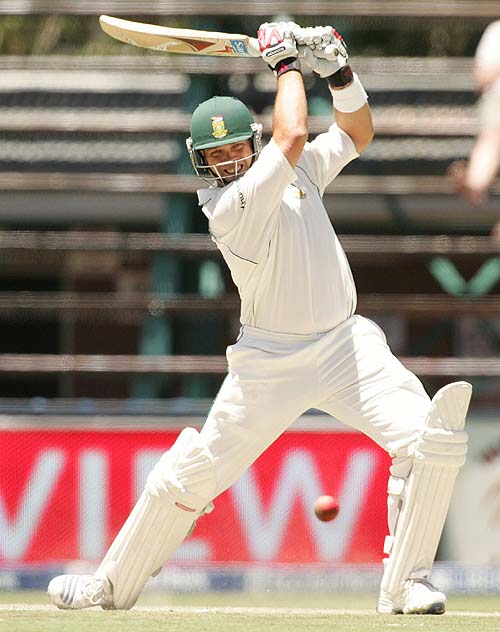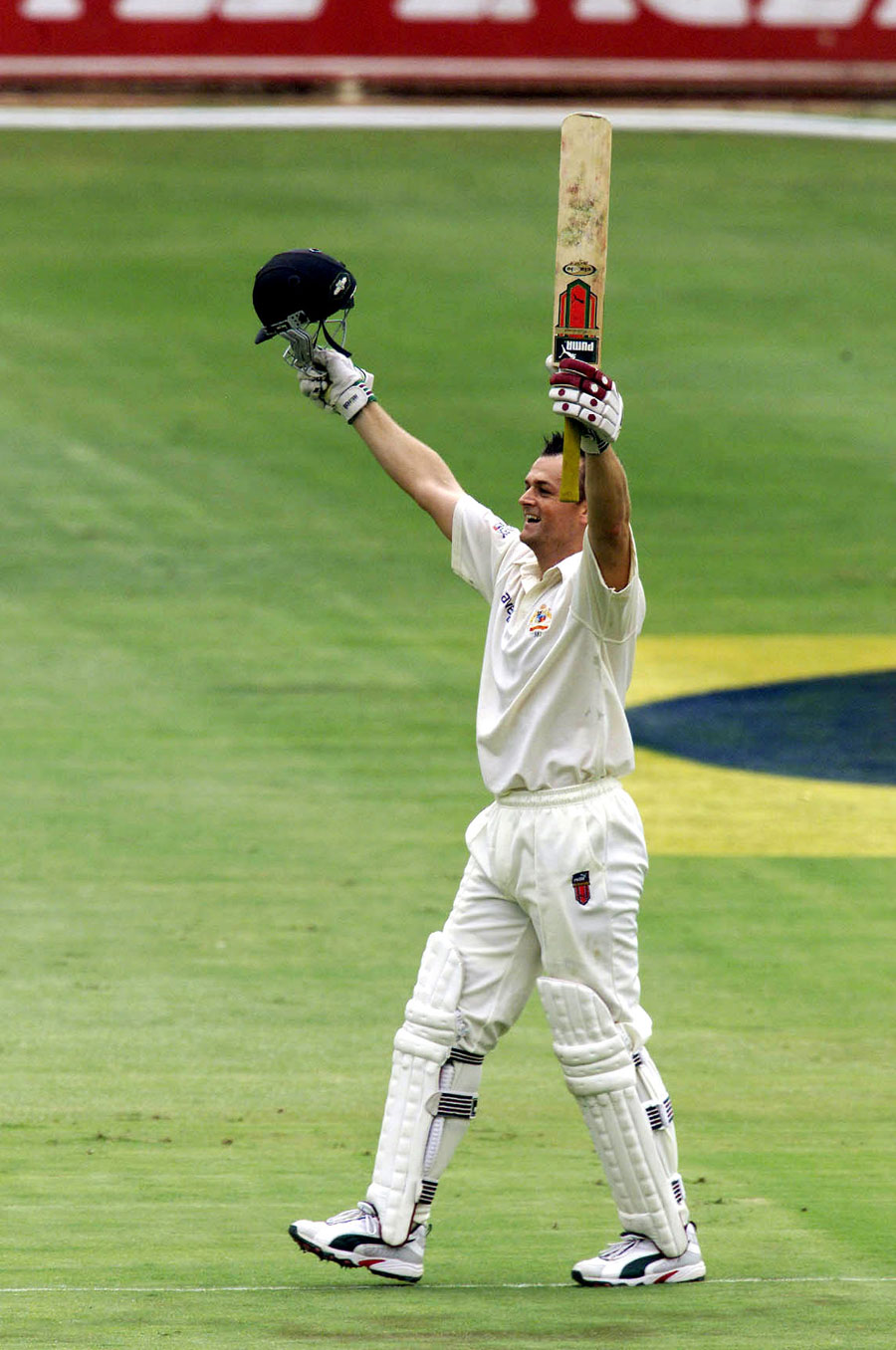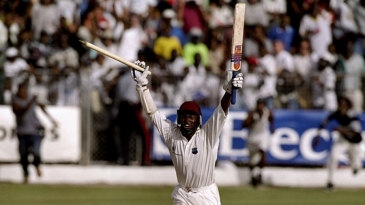Author: achyuth
Gilly at Perth – The then second fastest test century
Image courtesy © Getty Images I have observed a few cricket pitches that had lost its earlier behaviour. Those pitches were very much lively for the faster bowlers earlier and now they are in complete contrast to its earlier behaviour. Those pitches lie in Sabina Park, Jamaica, Kingsmead, Durban and WACA, Perth. But …
Sachin Tendulkar – ICC World Cup 1999
Image courtesy © Getty Images Ever since I started watching cricket Sachin Tendulkar’s name has been discussed by people with immense pep. Now, even after his retirement the trend still continues. In a career that spanned over two decades Sachin had played so many great knocks and there are so much to remember from …
Bigger bats and smaller grounds
Image courtesy © Getty Images I certainly can’t remember when did the game of cricket start witnessing an imbalance in rules between bowlers and batsmen. Probably it was when Twenty20 became popular. But I certainly can remember when did I start thinking about the size of the bats for batsmen in cricket. It was during the …
The perfect all-rounder
Jacques Kallis was a perfect all-rounder. He was technically correct as a batsman and he had excelled in his bowling too. Once Steve Waugh was asked about the greatest player he had seen and he replied its Kallis and he said Kallis is the all-time greatest. Waugh said you take the number of runs …
Steve Waugh’s Aussies
Image courtesy © Getty Images Recently I have been attending various classes in my office about investments. Experts say about inflation, savings, returns and so on. When it comes to investments, you need to foresee future and for that formulae are applied. It says that based on your present spending, you will be able to …
The elegant southpaw
Image courtesy © Getty Images One of the best nail-biting finishes ever in test cricket. Stephen Waugh’s 199, Ricky Ponting’s century and Glenn McGrath’s nine wickets went in vain as Lara single-handedly steadied the ship. The spectators had witnessed everything from great batting, aggressive fast bowling with pace, swing and bounce, and some wickets for the spinners …


